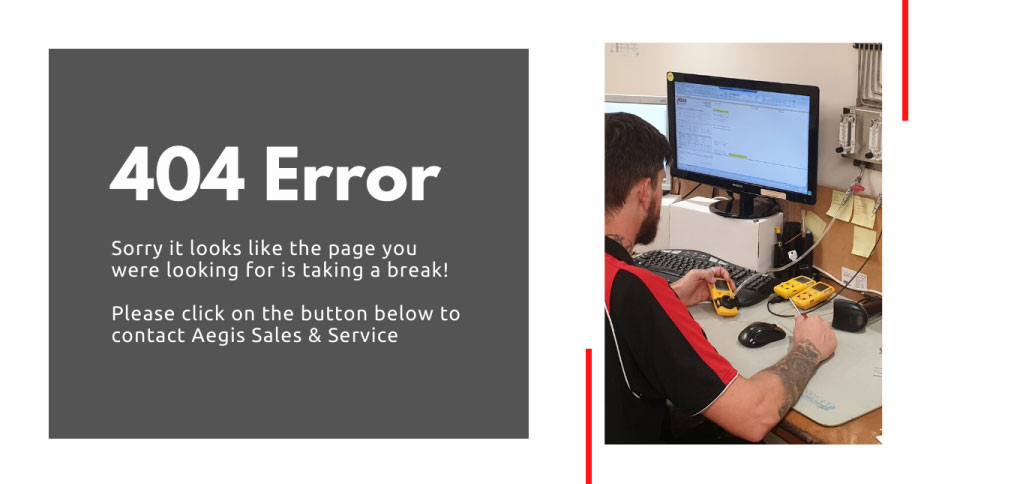
SEND US AN EMAIL AND TELL US WHICH LINK / PAGE YOU CAME FROM
OR YOU CAN RETURN TO AEGIS SALES & SERVICE HOME PAGE
 Aegis Sales & Service
Looking after YOUR Safety
Aegis Sales & Service
Looking after YOUR Safety

SEND US AN EMAIL AND TELL US WHICH LINK / PAGE YOU CAME FROM
OR YOU CAN RETURN TO AEGIS SALES & SERVICE HOME PAGE